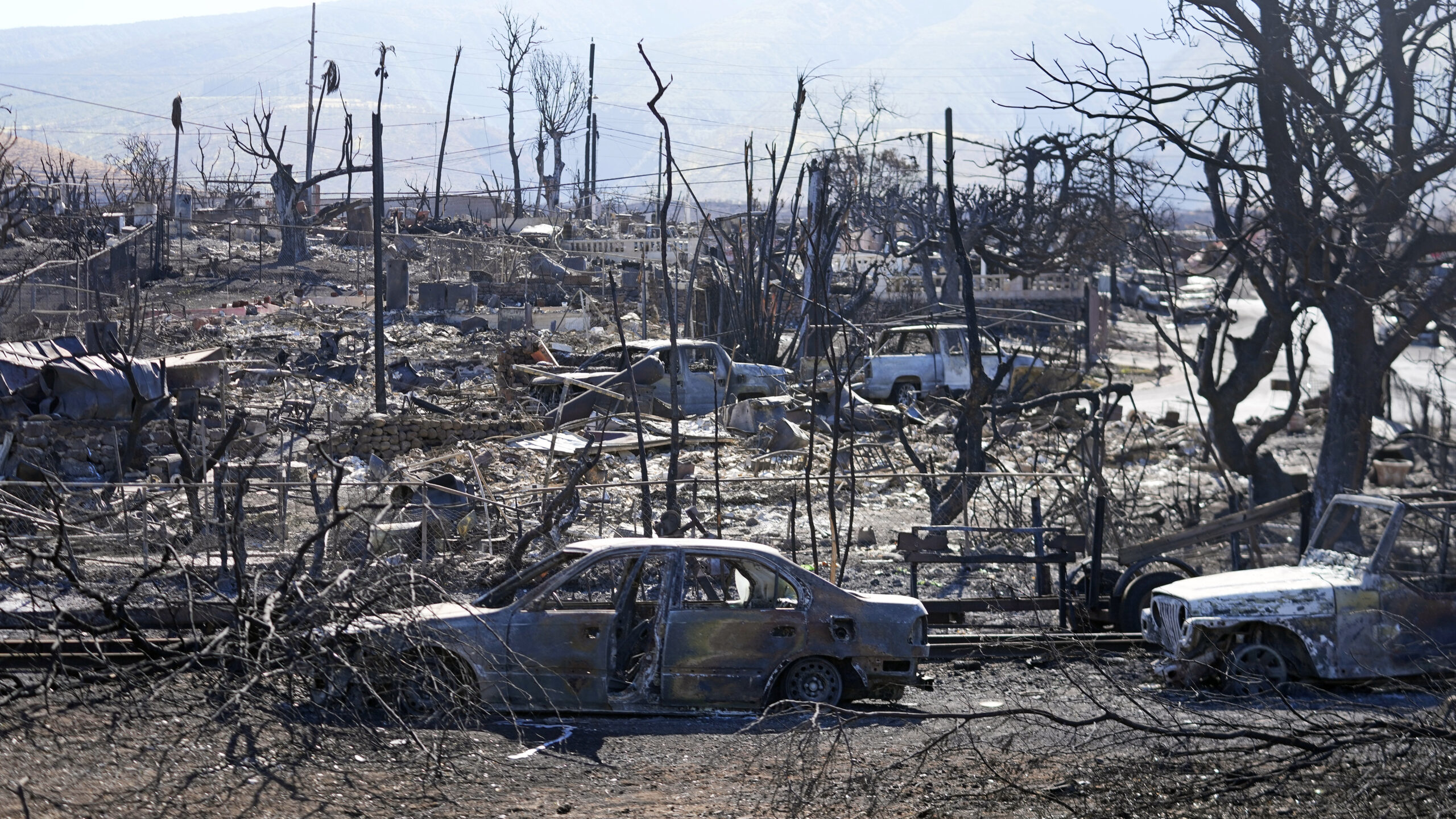
Abstract:
Recent extreme wildfires are motivating unprecedented evacuation planning. A critical need is to consider dire scenarios that allow less time to clear an area than required. Although these scenarios often begin with an ignition near a community, any scenario can become dire due to weather conditions, human response, technology, cascading events, and community design. Although research has widely addressed scenarios with ample time and favorable conditions, protecting people in dire scenarios is much more challenging. We provide a framework for generating dire scenarios that includes difficult starting conditions, delayed decision-making, variable fire spread rates, limited warning technology, and random adverse events. The goal is to move beyond favorable scenarios and generate challenging ones that inspire novel protective planning. A key finding is that minimizing losses in dire scenarios may involve disaster response elements not represented in current simulation models, including improvisation and altruism.
(Co-authors: Thomas J. Cova cova@geog.utah.edu, Dapeng Li, Laura K. Siebeneck, and Frank A. Drews)
Read the study:
Learn more: